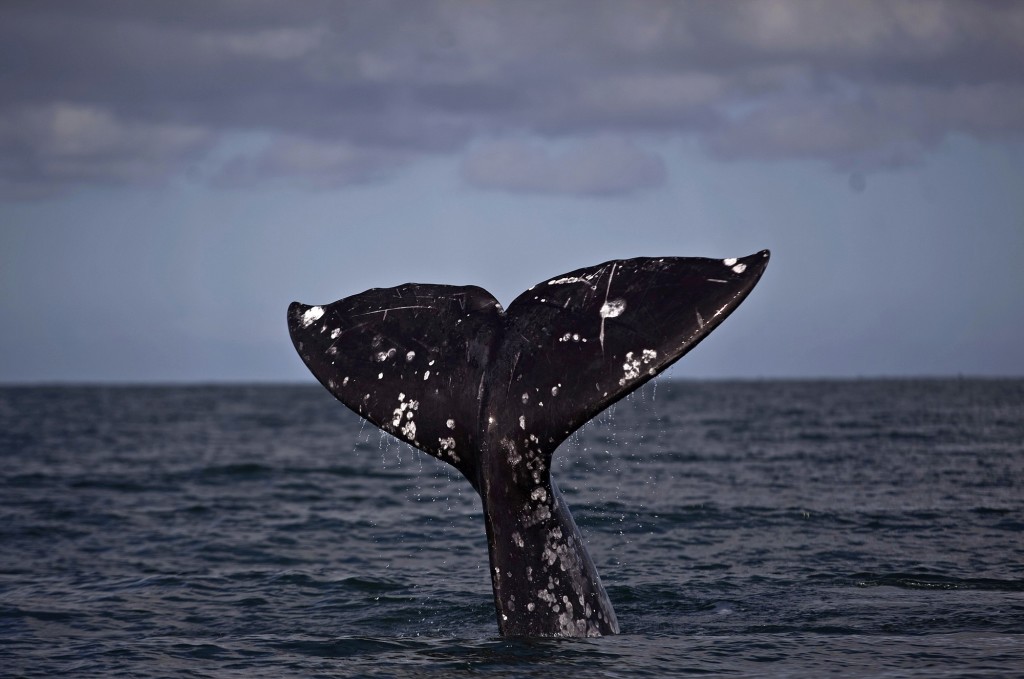Gray whales will once again be migrating along the Oregon Coast this spring, and visitors will once again be on their own to spot them.
In previous years, the Oregon Parks and Recreation Department has celebrated its Spring Whale Watch Week by staffing trained whale watching volunteers at park sites up and down the Oregon coast. Volunteers educated visitors and helped people spot the passing whales.
That tradition was interrupted last spring after the parks department canceled the event and shut down all park sites amid the spread of COVID-19. Whale watchers were able to return to park sites for the winter migration, though volunteers were still absent.
State park officials said the spring 2021 migration, which begins in late March and lasts through June, will once again be a do-it-yourself event, and that the Whale Watching Center in Depoe Bay, which closed last March, will remain closed to the public.
Whale watchers headed out on their own for the spring migration will want to find a good oceanside viewpoint, bring a pair of binoculars and exercise patience, as gray whales can be tricky to spot.
The first thing to do is find a good whale watching spot, and a good place to start is with the 24 whale watching sites where volunteers are normally stationed.
Once you’re situated, look out at the ocean for a spout (a burst of mist as a whale exhales at the surface) and then watch to see if the gray whale’s tail (called a fluke) emerges from the water as it dives deeper underwater. Gray whales also occasionally breach, or leap from the ocean, which is a magnificent sight for those lucky enough to see it.
Those who want a closer look can book a spot on one of several whale watching tours, most of which launch out of Depoe Bay. Whale watching outfitters are operating this spring, with public health protocols in place to prevent the spread of COVID-19.
The spring migration typically brings some 25,000 gray whales past Oregon, as they move from their warmer breeding grounds off the coast of Mexico to cooler feeding grounds off the coast of Alaska. Gray whales travel in pods, and in the spring they travel with newborn calves alongside the adults.
Those calves can also attract another great marine mammal: the orca, also known as the killer whale, which feeds on the young gray whales. An orca attack may be a grisly sight to some, but consider yourself lucky if you witness one from shore.
The state parks department is asking visitors to avoid crowded areas, maintain physical distance from others and wear face masks when around people not from your household, including in restrooms. Some park sites may not be open, so check stateparks.oregon.gov before you go.



